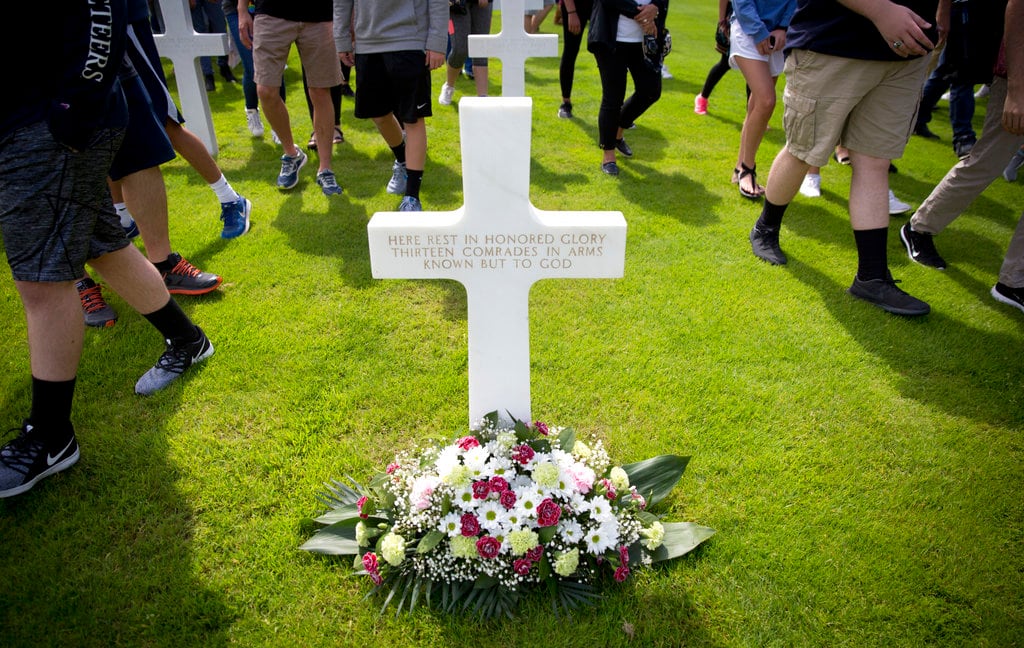The Army plans to give more dismounted leaders better mapping, GPS and communications tools at their disposal in battle.
Rifleman Radio technology currently fielded by select brigade combat teams will become widespread in coming years, as a Request for Proposal released Jan. 6 calls for up to 171,933 more. The RFP slates full-rate production slated to start in fiscal 2017.
"We're expanding the fielding of this," said Paul Mehney, director for strategic initiatives at Army Program Executive Office C3T (Command Control Communications-Tactical). "It's good because it connects more soldiers into the network, which they have very limited ability to do today."
The Rifleman Radio system provides phone-sized hand-held units to soldiers that, since 2012, can connect to the Nett Warrior System. Nett Warrior is the situation awareness and mission command system dismounted leaders can access on a handheld smartphone. Aside from Rifleman, the PRC-155 Manpack
[I think the last graph more clearly explains why multiple vendors is a good thing, so I took this out:The RFP allows multiple vendors to compete on delivery orders as needed rather than select a single supplier for the whole contract, allowing flexibility to choose between different technologies.
[Already covered this ground above. The rifleman radio, more widely issued, would give more networks connectivity so their military versions of smart phones could function while the units are dismounted. The radio became able to link soldiers to the Nett Warrior system, (via handheld smartphone,) in 2013.
"Dismounted infantrymen can send data back through the system and receive data from those platforms as they're dismounted," Mehney said. "It allows the capability to transmit the kind of data that SRW (Soldier Radio Waveform) cannot do now."
That data capacity a Rifleman radio can channel allows soldiers to receive and send photos, video, and other communications while dismounted, all without the bulky backpack-sized PRC-155 Manpack. It also provides operational maps and GPS to keep track of locations of soldiers.
There had been initial problems in testing the radios, the first batch of which were made by General Dynamics and Thales, with the Nett Warrior system.
A 2012 Defense Department report said Network Integration Evaluation had determined the Rifleman, which uses SRW and Single Channel Ground and Airborne Radio System waveform (SINCGARS), displayed insufficient range and reliability.
But Mehney said feedback from those evaluations and feedback from deployed units have been incorporated to improve capabilities. That, he said, was what allowed the Army to move on the full order.
"Acceptable improvements allowed the program to achieve a full rate production decision. We believe the full rate competitive marketplace will also yield iterative advances in radio capability and functionality," Mehney said.
So far, 21,379 Rifleman radios have been purchased, of which 19,327 have been delivered. Mehney said some of the divisions using them include the 10th Mountain Division, 101st Airborne Division, and 82ndAirborne Division.
[This reads like numbers soup. I don't think it's necessary. KJ: Agree, was just giving the full context of the numbers I had; figured it'd get slimmed if not cut] With full production those divisions will also see broader use of the technology. A press release this past summer said the Army had a total acquisition objective of 193,276 radios. Mehney said the new purchase would be about 178,000 more than it already had, though the Army could ultimately purchase fewer.
The competitive Non-Developmental Item classification of the RFP effectively allows the Army to buy new and possibly cheaper technology as it develops after initial orders, Mehney said. The Army hopes that will reduce costs and allow tech not yet available into the field under this order.
The 171,933 radios in the RFP represents a maximum; the Army doesn't have to purchase that many, and can buy the radios through 2032.
[Don't need this, either.] The competitive Non-Developmental Item acquisition strategy is expected to reduce radio procurement costs as the Army continues to modernize the network amid fiscal constraints.





